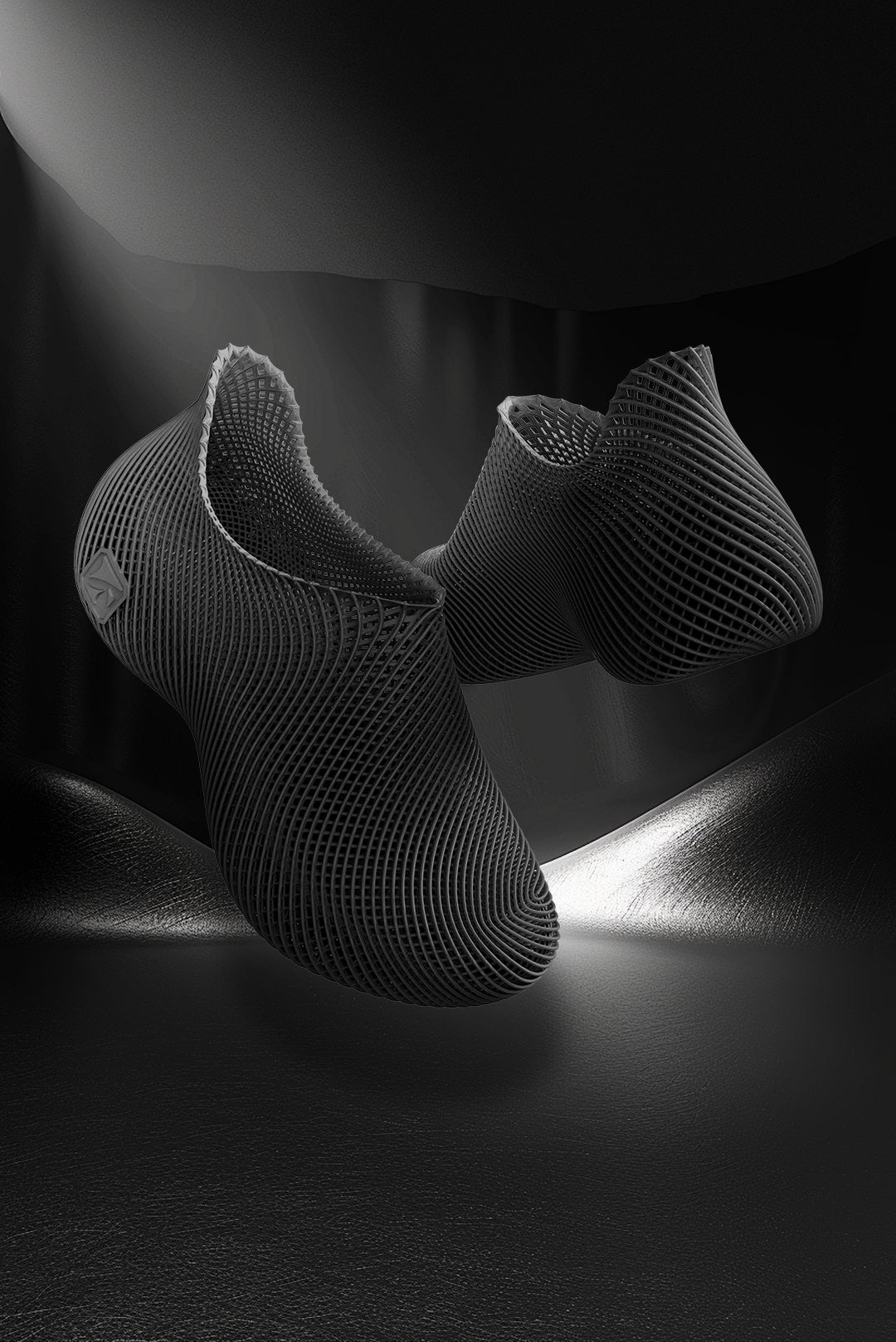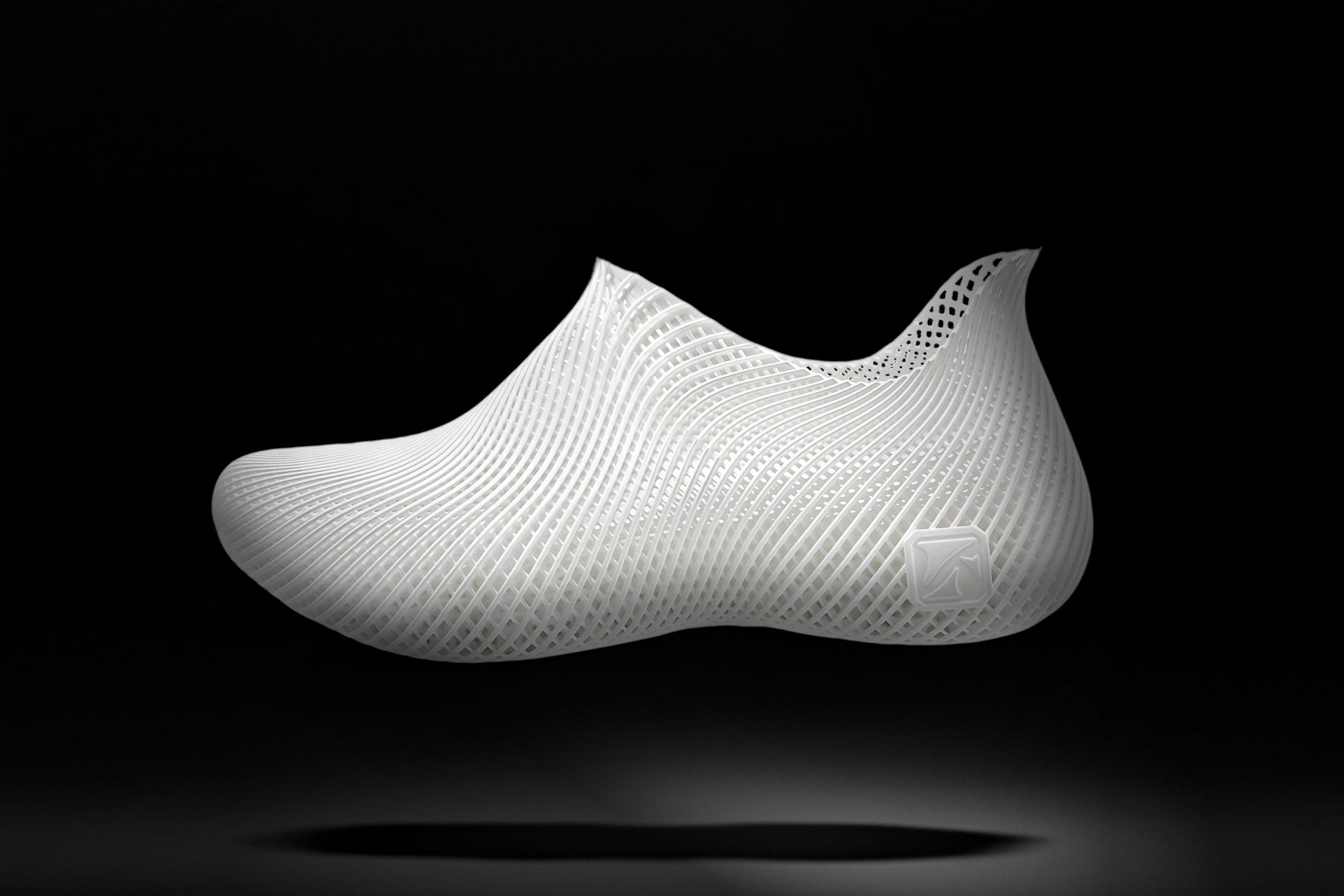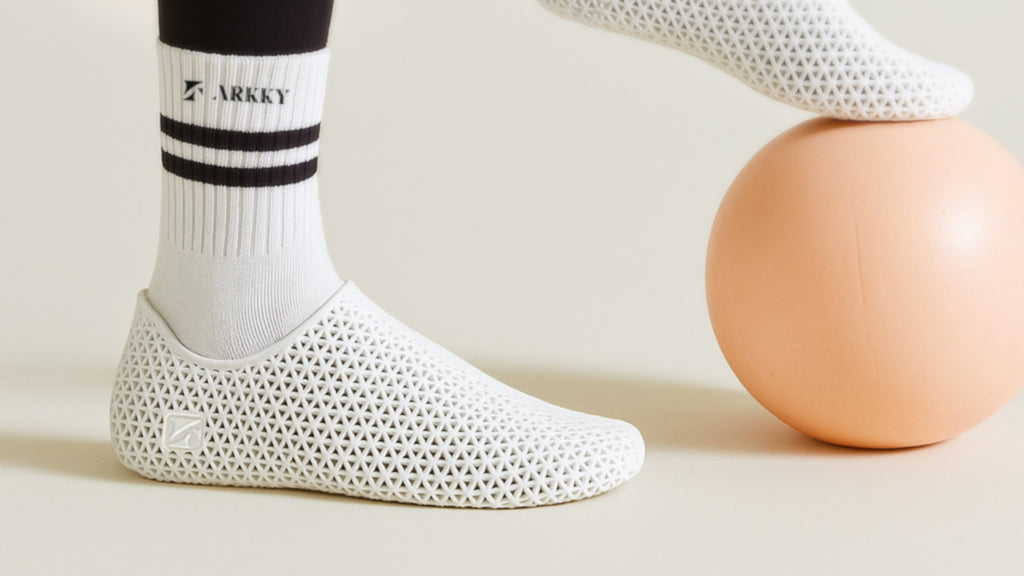3D printed shoes utilize a variety of materials, each chosen for its specific properties such as flexibility, durability, and sustainability. Here are the key materials commonly used:
-
Thermoplastic Polyurethane (TPU)
- Properties: Flexible, durable, and resistant to abrasion.
- Usage: Often used for midsoles and outsoles to provide cushioning and support.
- Example: Adidas’ 4DFWD midsoles.
-
Recycled Plastics
- Properties: Eco-friendly, promotes sustainability by reusing waste materials.
- Usage: Incorporated into various parts of the shoe for environmental benefits.
- Example: Brands like Arkky use recycled TPE filament.
-
Bio-Based Materials
- Properties: Derived from renewable resources, biodegradable.
- Usage: Enhances the sustainability profile of the shoes.
- Example: Some startups are exploring bio-based filaments for their 3D printed products.
-
Thermoplastic Elastomer (TPE)
- Properties: Combines the properties of rubber with the recyclability of thermoplastics.
- Usage: Used for creating flexible and recyclable shoe components.
- Example: Arkky’ fully recyclable TPE filament.
-
Polyamide (Nylon)
- Properties: Strong, flexible, and lightweight.
- Usage: Often used for creating durable and lightweight shoe structures.
- Example: Utilized in various 3D printed shoe models for structural integrity.
-
Photopolymer Resins
- Properties: Can be cured using light, allowing for high precision and detail.
- Usage: Used in rapid prototyping and creating intricate shoe designs.
- Example: Employed in Digital Light Synthesis (DLS) for detailed shoe components.
Summary
The materials used in 3D printed shoes are selected to balance performance, sustainability, and innovation. By leveraging materials like TPU, recycled plastics, bio-based materials, TPE, polyamide, and photopolymer resins, manufacturers can produce shoes that meet the demands of modern consumers for both functionality and environmental responsibility.







Share:
Are 3D printed shoes easy to clean?
Principle of 3D Printed Shoes